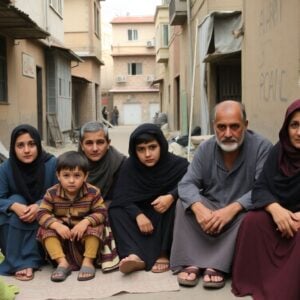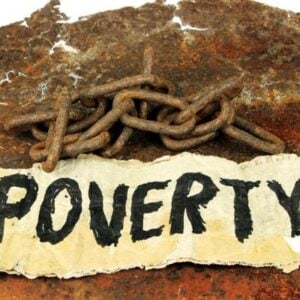Sri Lanka’s economy has shown signs of improvement, with recent performance indicating a steady recovery. However, the World Bank warns that this recovery remains incomplete, as growth continues to lag behind pre-crisis levels and poverty rates remain significantly higher than before the crisis. Sustaining the recovery will require maintaining macroeconomic stability, implementing structural reforms, and improving the efficiency and targeting of public spending.
According to the Sri Lanka Development Update: Better Spending for All, the economy is projected to grow by 4.6 percent in 2025, driven by a rebound in industry and consistent growth in services. Growth is expected to moderate to 3.5 percent in 2026 due to global uncertainty and domestic constraints. David Sislen, World Bank Division Director for Maldives, Nepal, and Sri Lanka, emphasized that while progress is encouraging, it remains uneven. He highlighted the need for stronger private sector investment, job creation, and prudent use of public funds to build a fairer and more inclusive economy.
Despite stable inflation and an increase in external inflows, challenges persist. Food prices remain high, reserve accumulation has slowed, and overall economic output is still below 2018 levels. Poverty, though declining, remains nearly double the 2019 rate, and the labor market has been slow to recover. Many households continue to struggle with lost livelihoods, and malnutrition remains a major concern among vulnerable populations. Additionally, around 10 percent of citizens live just above the poverty line, leaving them at risk of slipping back into poverty.
The report outlines a comprehensive reform agenda aimed at fostering private sector–led growth and reducing poverty within a tight fiscal environment. Priority areas include reducing barriers to trade and investment, improving the business climate, and modernizing tax administration as well as land and labor regulations. These measures are essential to attract private investment and create sustainable employment opportunities.
A central focus of the report is on improving the efficiency of public spending. Currently, over 80 percent of government expenditure is allocated to salaries, welfare programs, and interest payments, leaving limited fiscal space for growth-enhancing investments in infrastructure, education, and healthcare. Given fiscal constraints, the World Bank recommends optimizing existing spending rather than expanding it. This includes reforms to manage the public wage bill through fairer pay structures and modern payroll systems, as well as prioritizing capital investments that close key infrastructure gaps.
The report also calls for stronger project planning and monitoring, completing near-finished infrastructure projects, and increasing funding for maintenance to ensure long-term returns. These steps, combined with better spending efficiency, could help Sri Lanka strengthen fiscal sustainability and accelerate inclusive growth.
The Sri Lanka Development Update accompanies the South Asia Development Update: Jobs, AI, and Trade, which projects strong regional growth at 6.6 percent in 2025 but warns of a slowdown ahead. It emphasizes that reforms promoting trade openness and technology adoption could help South Asia—and Sri Lanka—boost job creation and long-term growth potential.







